Affiliate disclosure: This post may contain affiliate links. Please see our Privacy Policy.
Cochin chickens are one of the friendliest chicken breeds, and with all those fluffy feathers, what’s not to love?
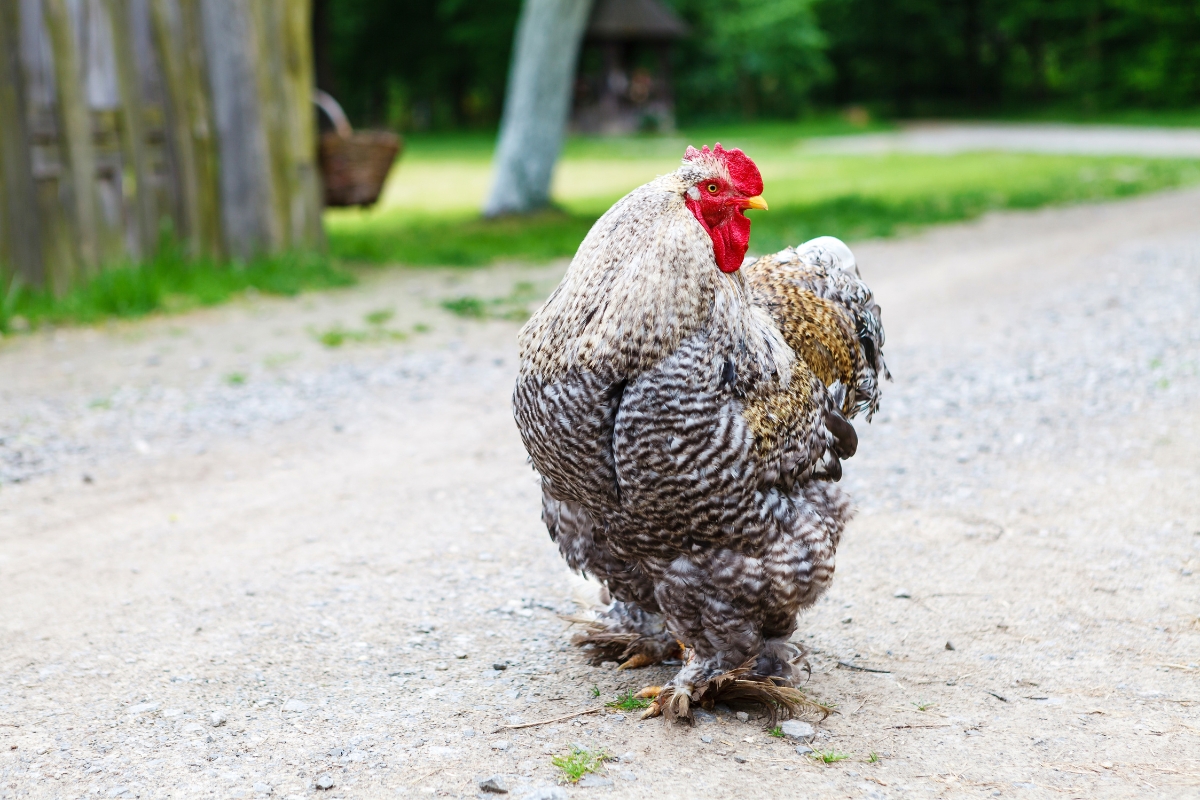
When you’re keeping chickens with kids, friendliness matters!
My little ones always want to snuggle and pet the chickens, and some breeds just won’t tolerate affection. White leghorns, for example, can get downright aggressive.
Other breeds, like Orpingtons, Salmon Faverolles, Barnevelders, and Bielefelders, are exceptionally friendly and perfect for children.
My children have a special place in their hearts for the fluffiest of chicken breeds; in that case, being friendly isn’t the only consideration. If you cant extra fluffy and friendly, then Cochin Chickens are a great choice!

What are Cochin Chickens?
Cochin chickens, once known as Shanghais and Cochin-Chinas, are a heavy, feather-legged breed of chicken. Brought to the West in the 1840s from China, the exotic Cochin were admired for their striking silhouette and flowing feathers.
These majestic fowl sparked an interest in poultry breeding, and today they are treasured for their looks, laying ability, and meat production. Interested in adding a Cochin to your flock? Read on to see if this chicken is right for you.
Pros and Cons of Cochin Chickens
I think the pros outweigh the cons, but I’ll let you decide for yourself:
Pros
- Large bodies produce a lot of meat
- Among the gentlest, nicest breeds of chicken
- Heritage breed
- Tolerates confinement and enjoys free range
- Can’t fly far, easy to contain
- Size deters aerial predators
- Healthy breed
- Strong maternal instincts
Cons
- Feathered legs can cause health problems
- Matures slowly
- Not the best layers
- Consumes a lot of food without foraging
- Hens are very broody
- Hens can accidentally crush or kill eggs and chicks
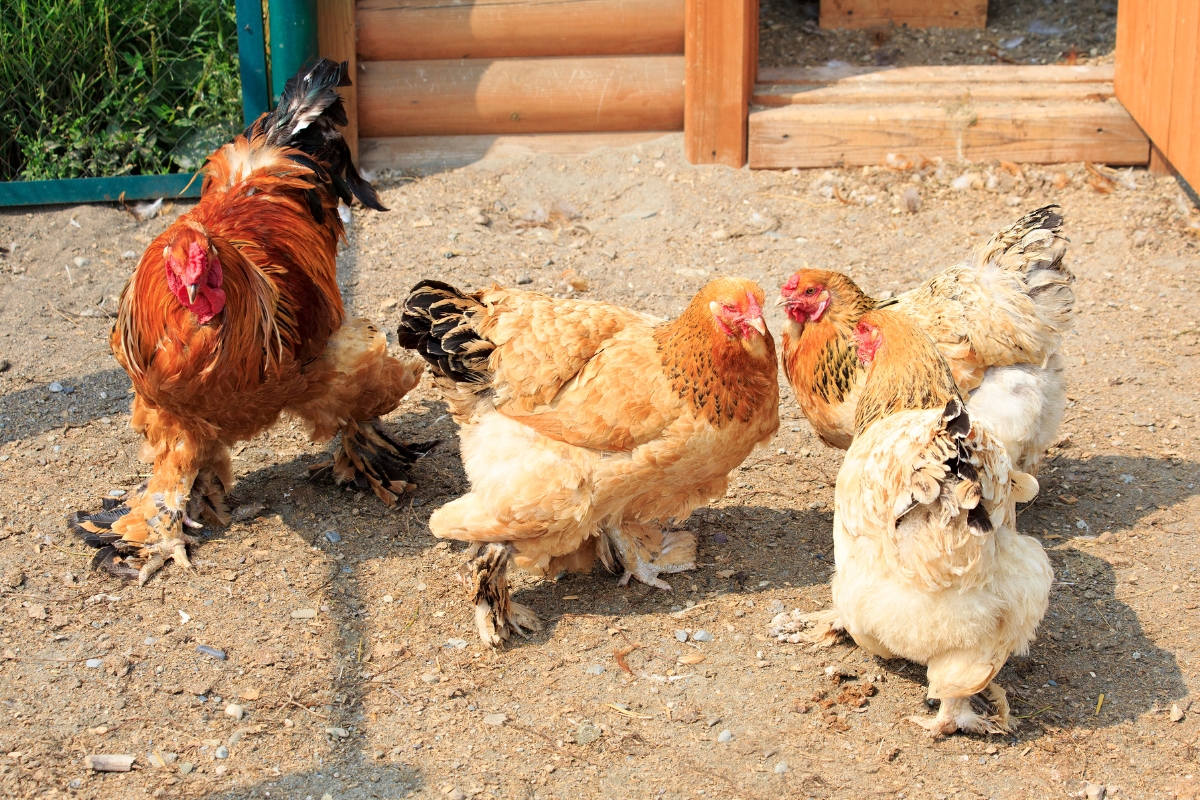
Cochin Chicken Characteristics
Cochins are one of the first standardized breeds to be documented. They appeared in the first issue ofStandard of Excellence in Exhibition Poultry, the oldest guidebook for poultry breed standards. It’s likely that they were brought to the West much earlier, though.
The Cochin finds its origins in Asia. Cochins are named after Cochinchina, a name that once referred to parts of Vietnam. Some historians suspect that the chicken originated there.
There are also people that claim that the Cochin originated in Shandong province in China, which is why they were once called Shanghai chickens. Asiatic chicken breeds had a lot of names when they were brought to the West to up their “exotic” factor and bring in more sales.
In 1834, China opened up to foreign trade, and European traders eagerly brought Asian fowl, like Brahmas and Cochins, back to the west. In April of 1846, Captain Edward Belcher delighted Queen Victoria of England with a gift of Cochin chickens. She fell in love with these beautiful birds, and it was one of the breeds that ignited a passion for chicken breeding in Europe known today as “hen fever”. Some people even call it “Cochin fever,” because Cochins were so incredibly popular.

Though it started as an ornamental breed, Cochins were bred to be more than exhibition birds. People saw their potential as meat birds, as well as their ability to lay large eggs. As a multipurpose breed, Cochins were good; however, these jacks-of-all-trades weren’t as good as other breeds that were created for a specific purpose.
Cochins, like many other heritage breeds, became rare. Now, these lovely birds are experiencing a resurgence in popularity, and the Livestock Conservancy lists them as “Recovering”.
While the original Cochins have undergone some changes in appearance, originally appearing a bit more game-like, this thick-set, heavy bird continues to charm people with its large size and soft feathering.
The Cochin was accepted into the APA’s Standards of Perfection in 1874 in the colors buff, white, black, and partridge. Now, there are a rainbow of Cochins available that are accepted by the APA: barred, black, blue, brown, buff, golden-laced, partridge, silver-laced, and white. The bantam version comes in the same colors, plus four more: birchen, Columbian, mottled, and red.
- Breed Name: Cochin
- Breed Type: Exhibition, meat, and eggs
- Temperament: Cuddly, friendly, loving
- Size: Rooster: 11 lbs; Large hen: 8.5 lbs
- Eggs Per Year: 150-180
- Eggs per Week: 3
- Egg Size: Large
- Egg Color: Brown
- Lifespan: 8-10 years
- Time To Maturity: 8 months (egg-laying), 4-16 months (meat)
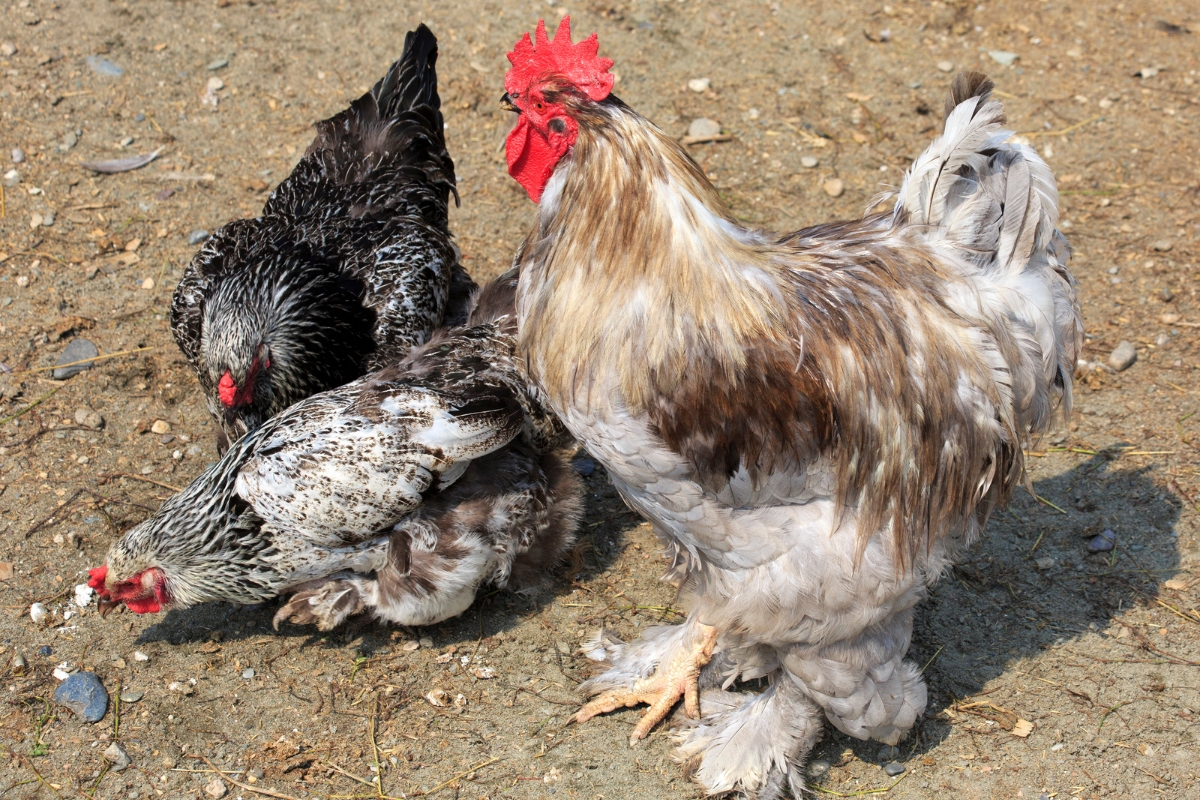
Cochin Breed Standard
Like many other Asiatic breeds, Cochins are large, fluffy birds. A Cochin is a very pleasing-looking chicken, satisfyingly round! They’re covered in long, flowing feathers from head to toe. These puffy birds have a well-rounded silhouette that makes them look larger than they already are.
Not only are they fluffy, but Cochins are round and bulky in physique. A Cochin’s head has a short, broad brow, set very prominently on a short, full neck. The rooster has a single, medium-sized comb with regular serrations that divide it into five points. The female’s comb is similar, albeit smaller. Roosters have long, well-rounded wattles and smooth, well-defined earlobes. The hens’ wattles are small, fine, and nicely rounded, and their earlobes are oblong. The back of a Cochin is short, broad, and well-rounded, and the breasts are low and full. Overall, a Cochin has a very dignified, strong appearance.
A large Cochin rooster weighs 11 lbs, and a large hen weighs 8 ½ lbs.
The Cochin comes in several colors, including buff, partridge, white, black, silver-laced, golden-laced, blue, brown, and barred. All color varieties have yellow skin and reddish-bay eyes.
There are Cochin bantams that are accepted as an official breed by the APA, which are called the Pekin in Europe. Genetically, Cochin bantams are not necessarily related to Cochins but look very similar and might come from similar Asiatic stock.
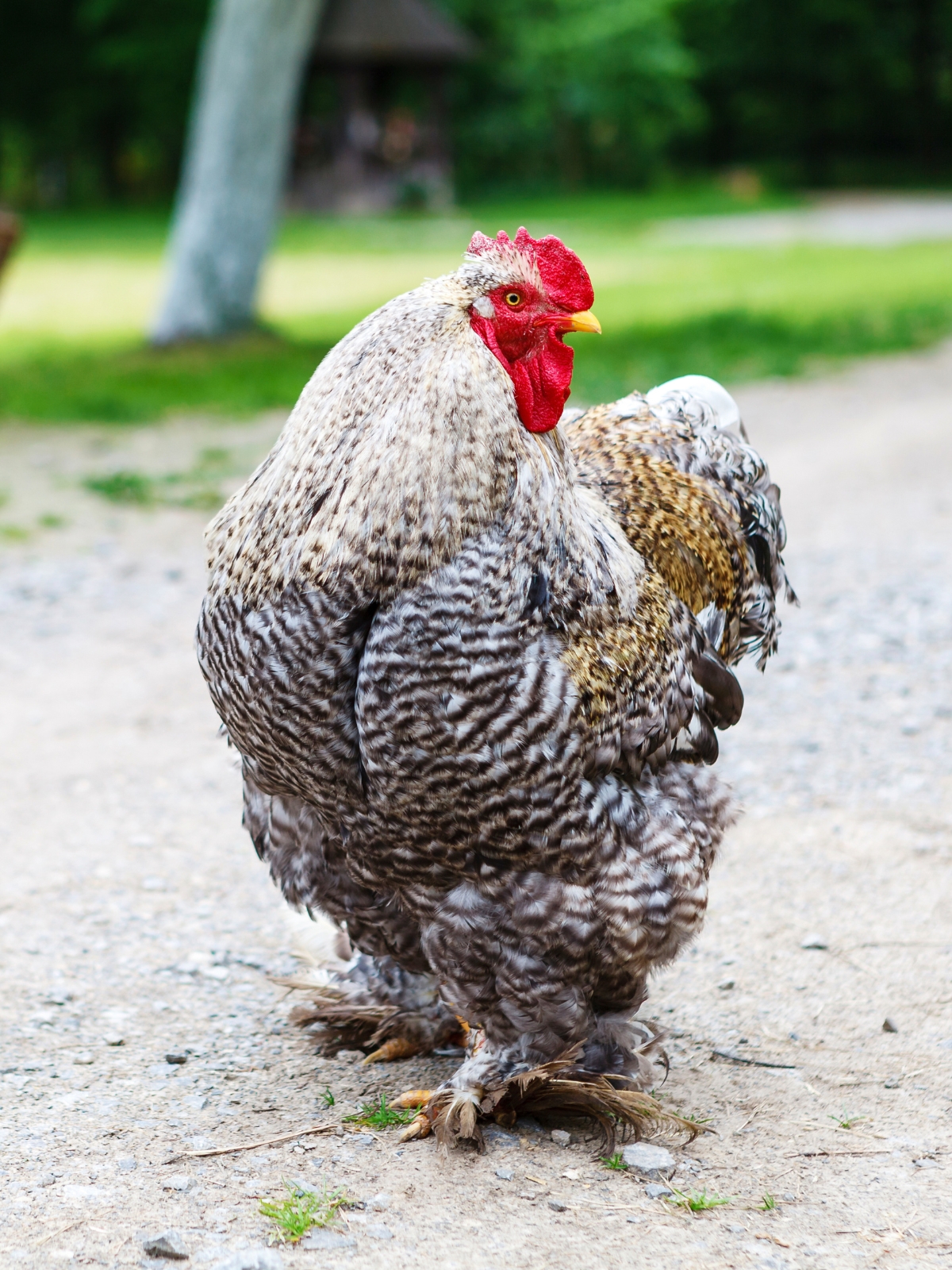
Temperament
With all of its fluff, a Cochin is as huggable as it looks. If you like loving, friendly chickens, you’ll be happy to know that Cochins are wonderfully affectionate. Cochins make some of the best lap chickens and form strong bonds with their owners. The gentle Cochin is a perfect family pet.
Cochins are not easily bothered by much, and they are confident and easygoing due to their size. They’re very easy to handle when compared to other breeds, if you’re able to pick one up!
Cochins are calm birds and aren’t flighty at all. Their size makes it difficult for them to fly, making them easy to contain. They don’t stray too far from the coop. While all chickens need plenty of space to thrive, Cochins do pretty well in confinement. They’re also a pretty quiet breed, so they make good urban chickens.
Cochins are usually in the middle of the pecking order. Their size makes it hard for other breeds to pick on them, but being as friendly as they are, Cochins aren’t likely to start fights.
Hardiness
Covered from head to toe in soft, dense feathers, Cochins aren’t bothered by the cold. Because of their large body size, they’re able to generate enough heat to keep warm in colder climates. Hens have relatively small combs and wattles, which helps protect them from frostbite. Males might need some monitoring during the cold months as their combs and wattles are larger.
Chickens generally don’t do well in damp conditions, and Cochins are no exception. In fact, the feathery feet that keep these chickens warm actually make them more susceptible to frostbite. Ensuring that your chickens have access to dry floors free from mud or excessive moisture will help them through the winter months.
The sheer size of Cochins can be both a blessing and a curse when dealing with predators. Aerial predators like hawks probably won’t be able to carry off a Cochin because of how large they are. On the other hand, Cochins are slow runners and might make an easy meal for a coyote. Predator-proofing your coop and range is essential for keeping your flock safe.
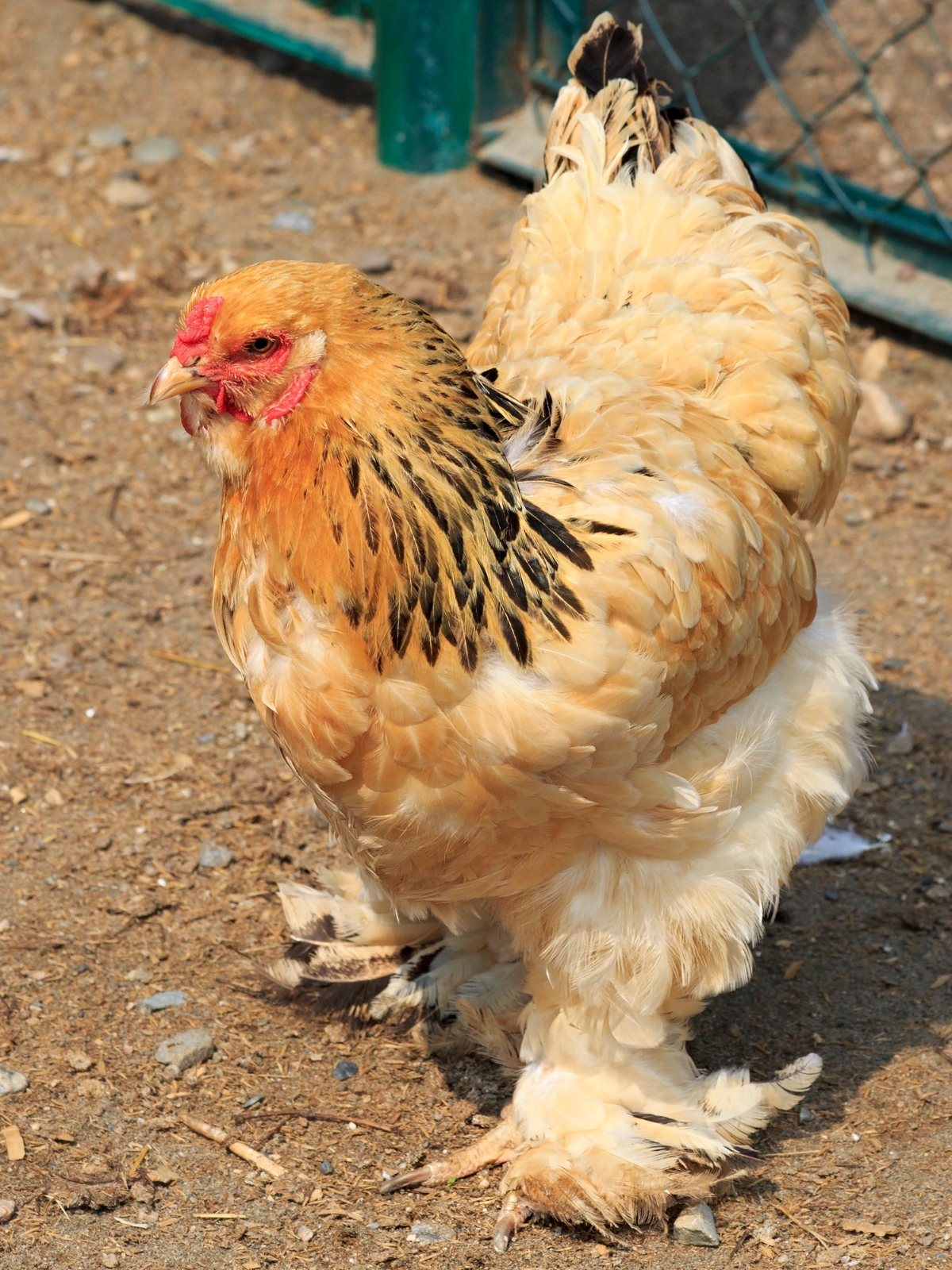
Egg Production
Back in the day when they were first introduced but not yet bred for exhibition, Cochins were decent egg layers. After they were brought to the west, people really wanted Cochins to become solely an ornamental breed, and their egg laying capacity plummeted. Now, Cochins are known for being pretty good layers. Cochins lay about 150-180 medium-large eggs per year, and about three per week.
During the winter, when climates get colder and the sun shines for fewer hours, many chicken breeds stop laying. This isn’t the case for Cochins, who lay throughout the winter.
Egg Color
Cochin eggs are brown and can come in a few different shades, from cream to medium brown.
Meat
Cochin chickens are big birds with plenty of meat to contribute to the dinner table, and they’ve been known to be juicy and flavorful. Cochins are slow-maturing, though, taking around a year to reach their full size. Cochins can be table-ready at four months.
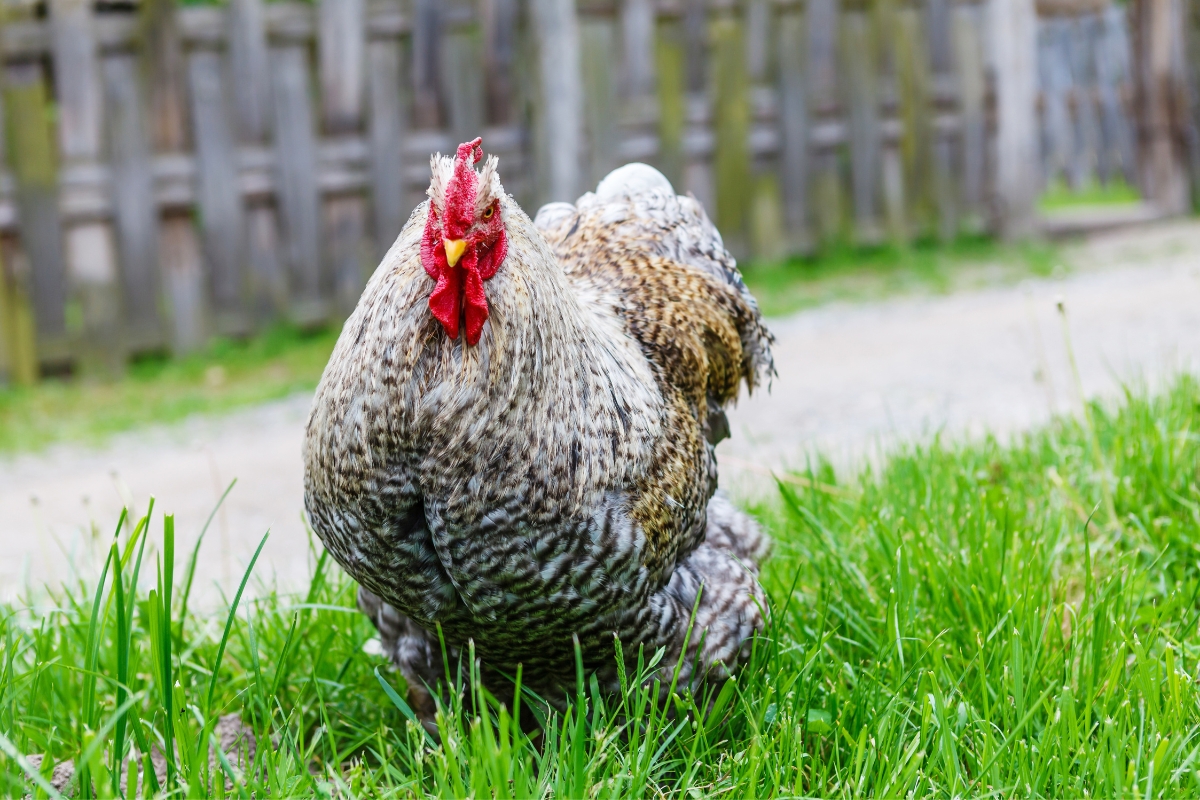
Broodiness
Cochin hens love their eggs and can be very broody, sometimes hatching multiple batches of eggs per year. These devoted mothers will happily sit on a nest all day. Even Cochin roosters will look after chicks. Cochins have even been used to hatch turkey, duck, and goose eggs!
Although they make excellent mothers, Cochin hens tending to a nest should be closely monitored. These giant hens might accidentally break eggs or injure their chicks.
Foraging Ability
Cochins are very large chickens and consume a lot of food, but they are less likely to make good foragers than other breeds. For one, they’re very large and have a tendency towards laziness. Cochins, like all other breeds, do best when they have access to green spaces, but they won’t be incredibly thrifty when finding food.
Cross Breeds
There are several cross-breeds of Cochin, and most of them are for meat. Crevecoeurs, La Fleches, and Houdans are crossed with Cochins to produce fast-growing chickens with large bodies, perfect for the table.
Cochins have several colors, and they can be cross-bred to produce even more, like lavender and salmon. No cross-breeds are recognized as an official breed.

Common Health Issues
Cochins are a very healthy, robust breed of chicken, but they’re not immune to everything. Some common health issues to keep an eye out for in Cochins are parasites, frostbite, and bumblefoot.
The long, flowing feathers that cover the legs of a Cochin can cause some issues. The feathers make it easy for parasites to latch onto their feet. Mites, lice, and ticks may find their way onto your Cochin, and you might not realize it. Checking their legs regularly for signs of parasites is important to keeping your Cochins healthy. See your vet if you have any concerns–mites can be treated with medication, but they’ll cause serious problems if you catch them too late.
Feathered legs are great protection from the cold in the winter, but make Cochins more prone to frostbite. If their legs and feet get wet, dry them immediately. It’s important that your chickens have a dry, warm place to take shelter during the winter months.
The size of a Cochin can also cause some health problems. Cochins are heavy birds, and they might develop bumblefoot, which is an infection of the foot pad. It’s caused by the Staphylococcus aureus strain of bacteria. Bumblefoot usually happens when something breaks the chicken’s skin. Stepping on rocks, wires, or sharp wood can create a wound that will lead to bumblefoot. When the infection takes hold, a hard core or kernel grows on the chicken’s foot pad. If left untreated, bumblefoot can be fatal. If you catch the signs of bumblefoot early, you might be able to treat your chicken yourself. Otherwise, see a vet.
Finally, Cochins have a tendency to be lazy. Obese, lethargic Cochins are not uncommon. Making sure they have space to move and encouraging activity is important for these chickens.
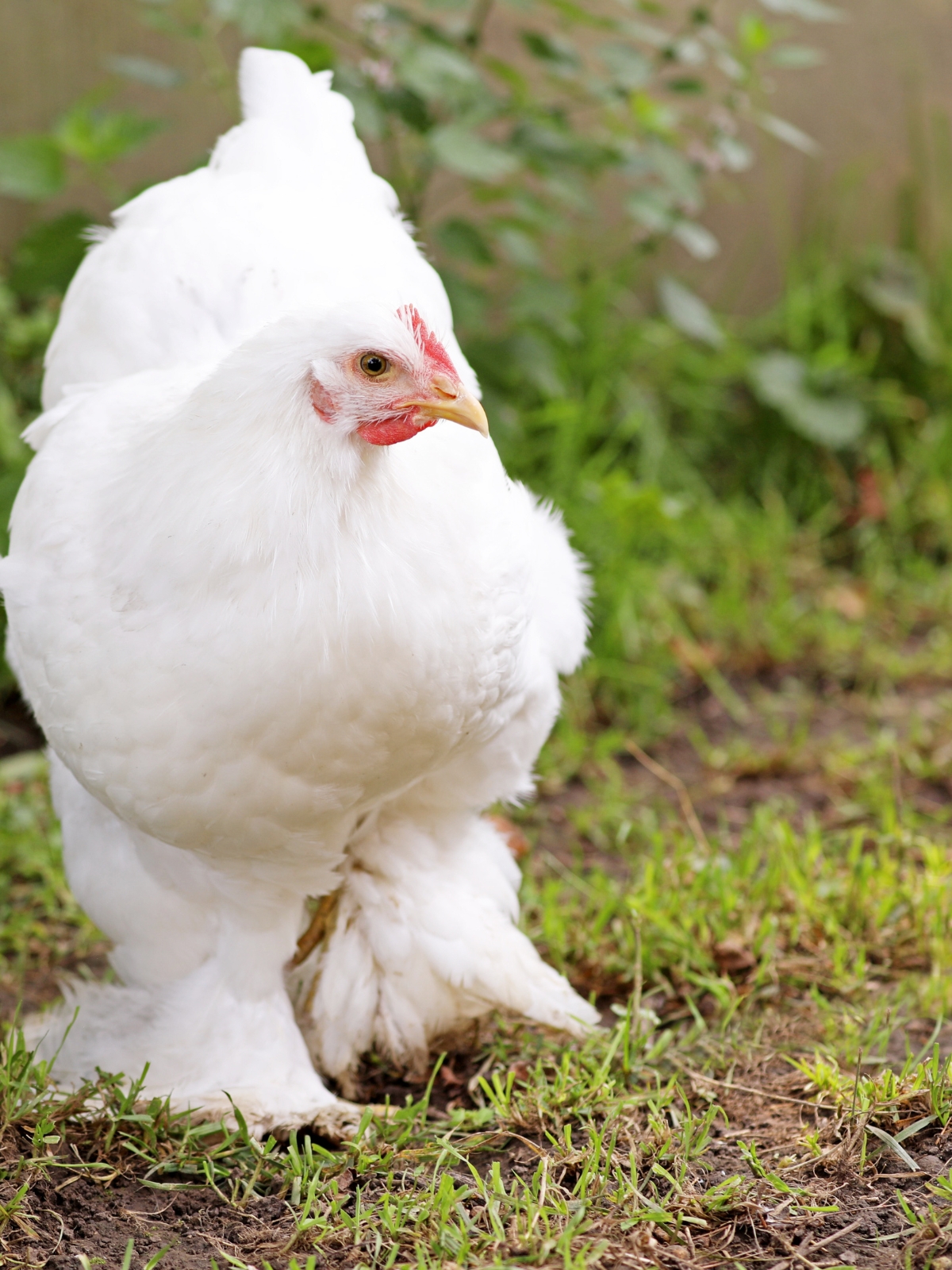
Cochin Chicken FAQs
Have these cuddly chickens captured your heart? There’s a lot to love about Cochins, literally. If you have any more questions, I hope I can give you some answers!
Are Cochin chickens friendly?
Cochins are one of the friendliest chicken breeds. They are gentle, affectionate, and are lovely lap birds. They are very accepting of people and other animals, and they are great family pets.
Are Cochin chickens good egg layers?
Cochins are generally not good layers, only laying two or three eggs per week.
What color egg does a Cochin lay?
Cochin chickens lay light to medium brown eggs.
Are Cochin hens broody?
Cochin hens have very strong maternal instincts and go broody easily. They’re very good mothers and will happily sit on any kind of egg, chicken or not. Cochins are very large, so they might injure their brood.
How big are Cochin chickens?
Cochins are among the largest breeds of chicken. The roosters weigh 11 lbs, and hens weigh 8.5 lbs.
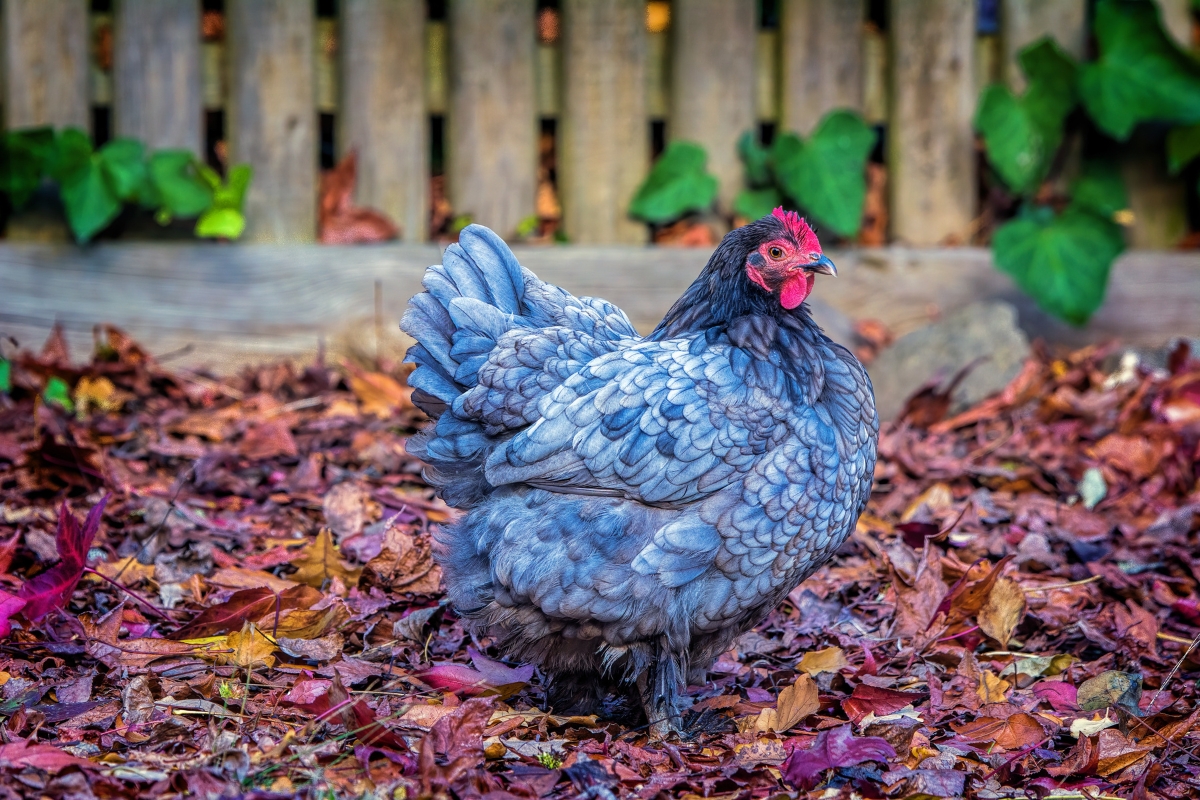
Are Cochin chickens good for meat?
A Cochin chicken will produce a lot of juicy, tender meat, but is slow to mature. They’re eaten at around 8-10 weeks, before they reach their full size at 15-16 months. Cross-breeds of Cochins that produce faster-growing chickens exist.
Are Cochin chickens autosexing?
Cochin chickens are not autosexing. Female and male chicks can’t be distinguished immediately after hatching, and it’ll take a bit of time before you can tell them apart.
Are Cochin chickens cold-hardy?
Cochin chickens are cold-hardy because of their feathered legs and large body size. They do not tolerate wet conditions.
How long do Cochin chickens live?
Cochin chickens generally live between 8-10 years but can live longer.
Are Cochin chickens easy to raise?
Cochin chickens are very easy to raise. They are a healthy breed, quiet, loving, and docile. They do not fly or move around much and are overall low maintenance.
Do Cochins come in bantam size?
There are bantam Cochins, but they are a distinct breed from Cochins. Bantams are not derived from Cochins but from similar Asiatic fowl ancestry.
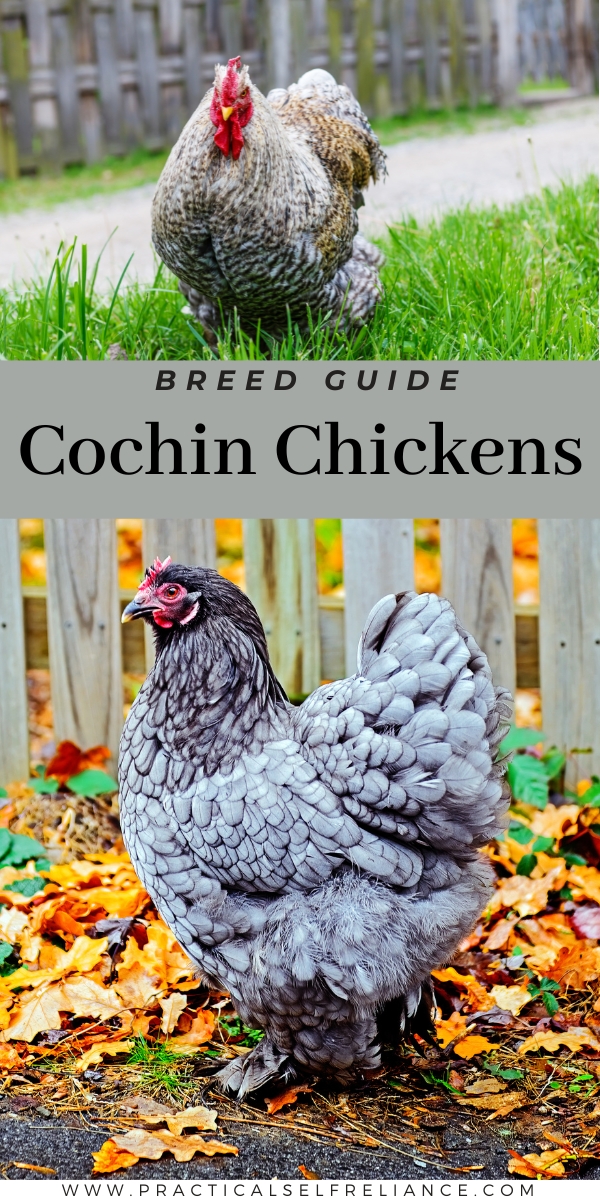

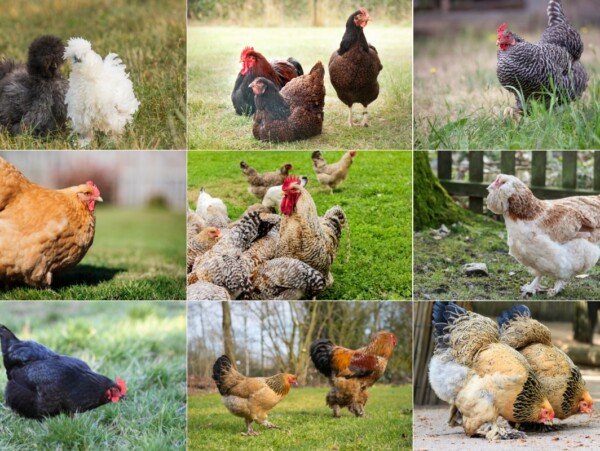
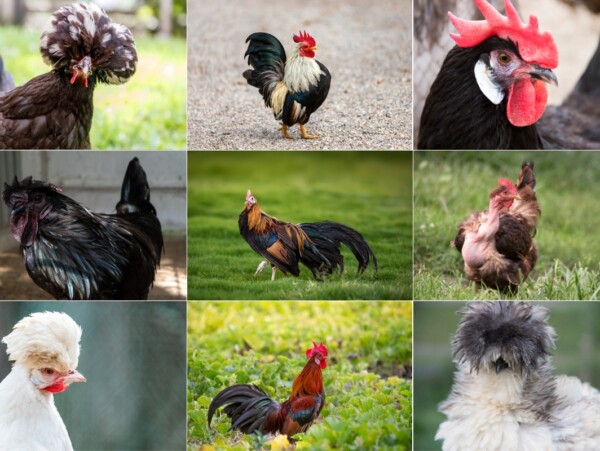
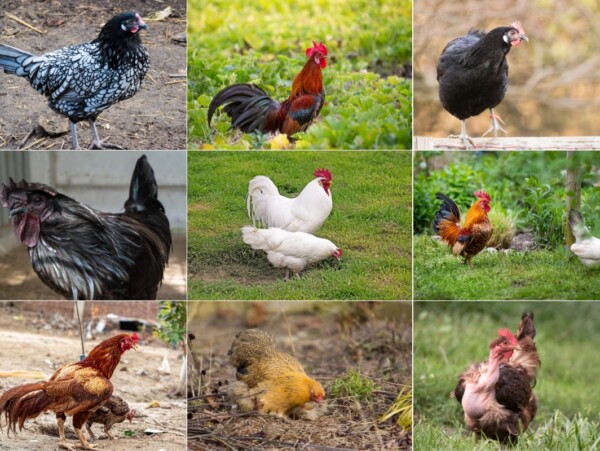
The Cochin bird has no Bantam type .Pekin is the Bantam and both breeds are not related . There is no such thing as Larger Pekin or small Cochin. One comes from jungles in Far east other from old China breeds and fowl from China only .The Cochin comes from jungle fowl Vietnam side of China and worked upon by Chinese Breeders . Pekin Bantams used in 16rh century Pekin Palace as floor mops on dust Left in Emperors rooms to walk about and sweep as they went .According to Marco Polo anyway